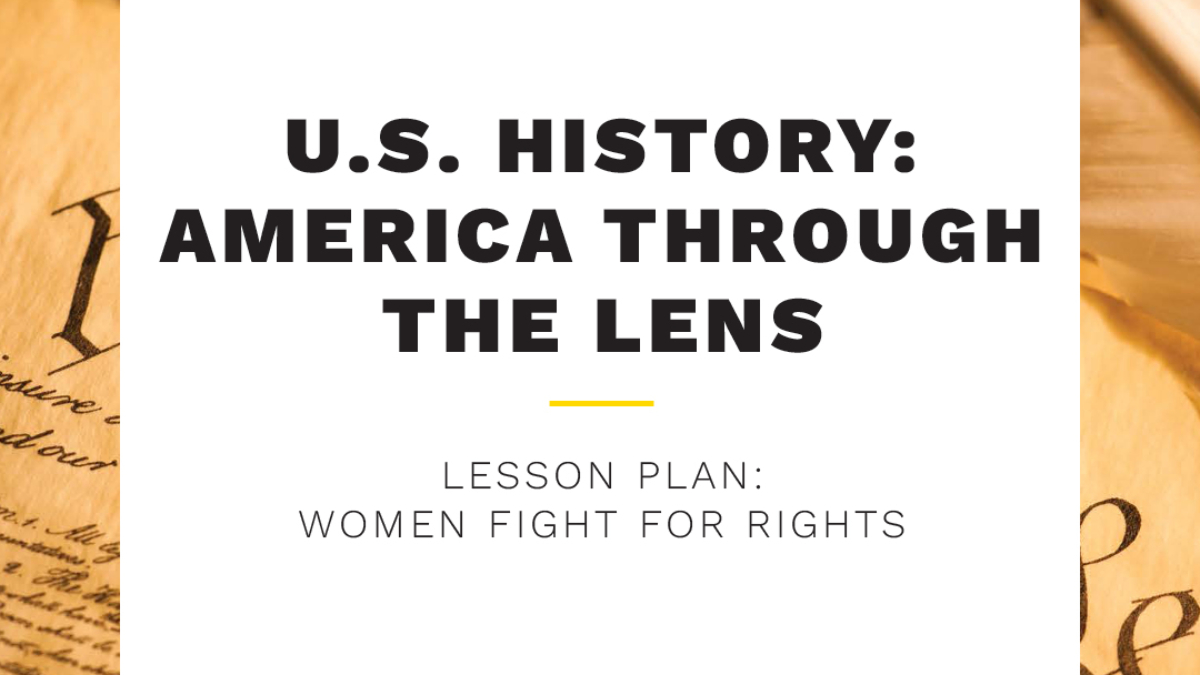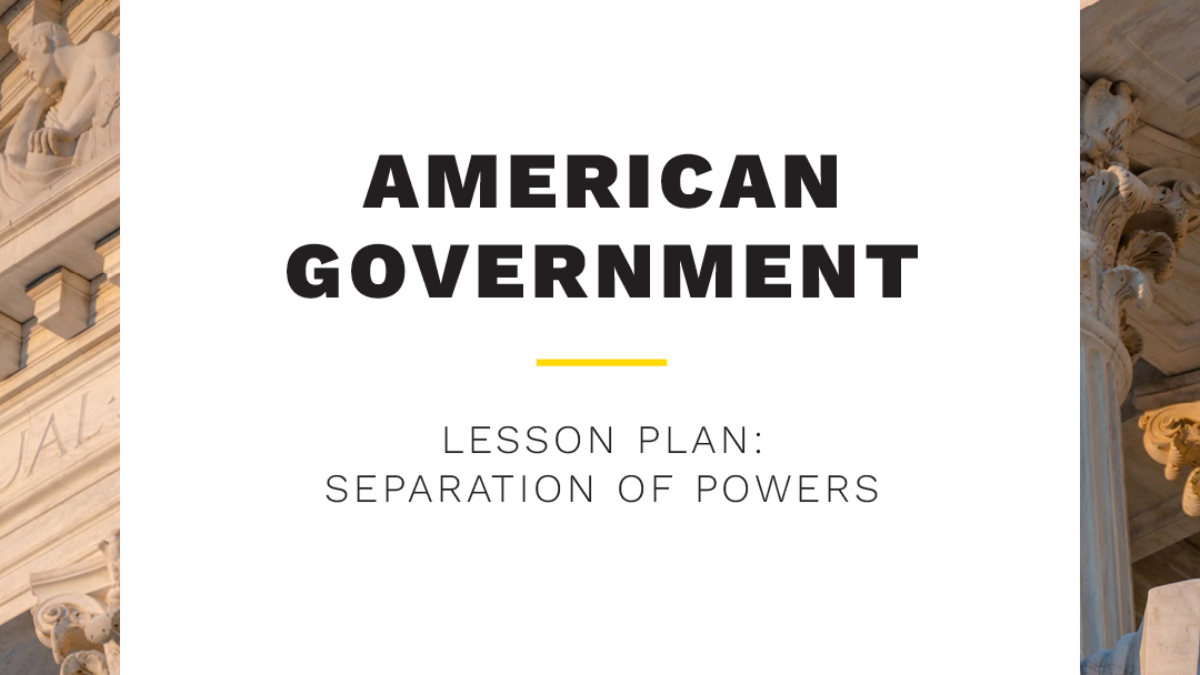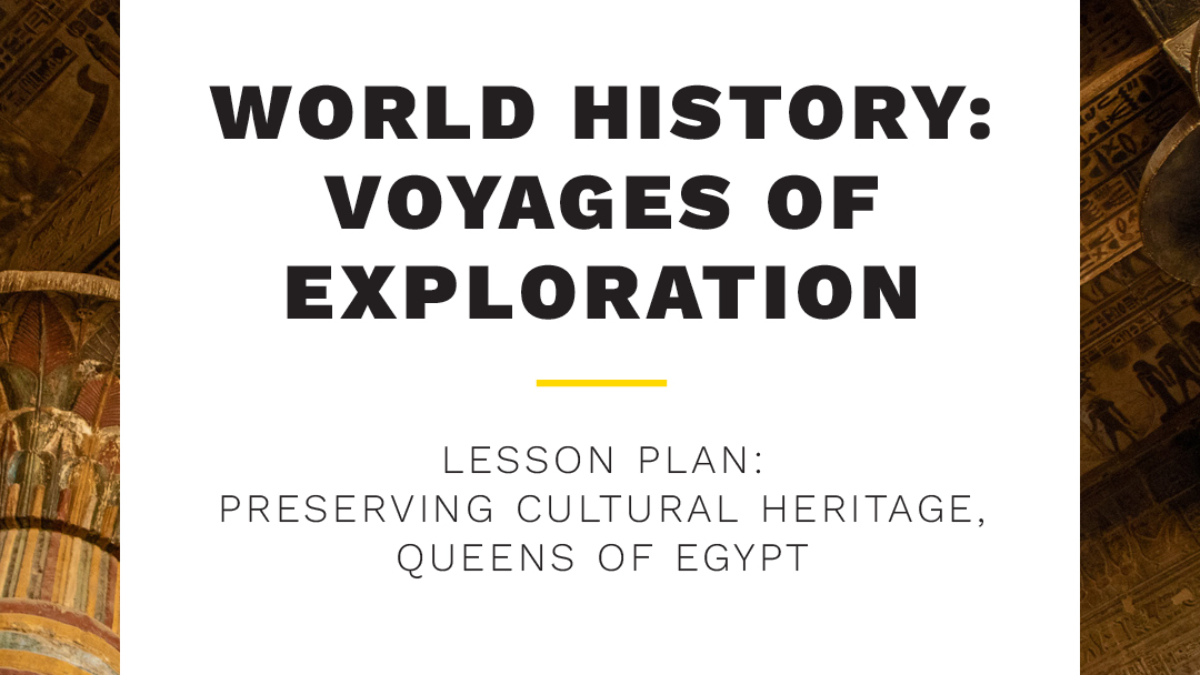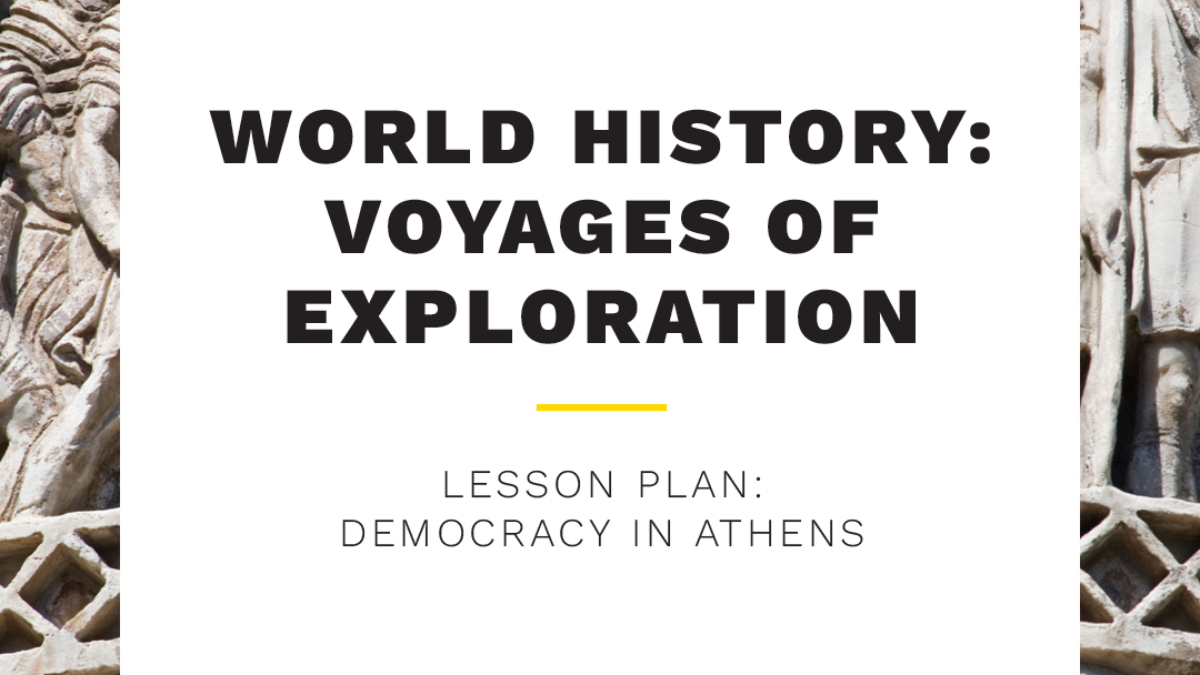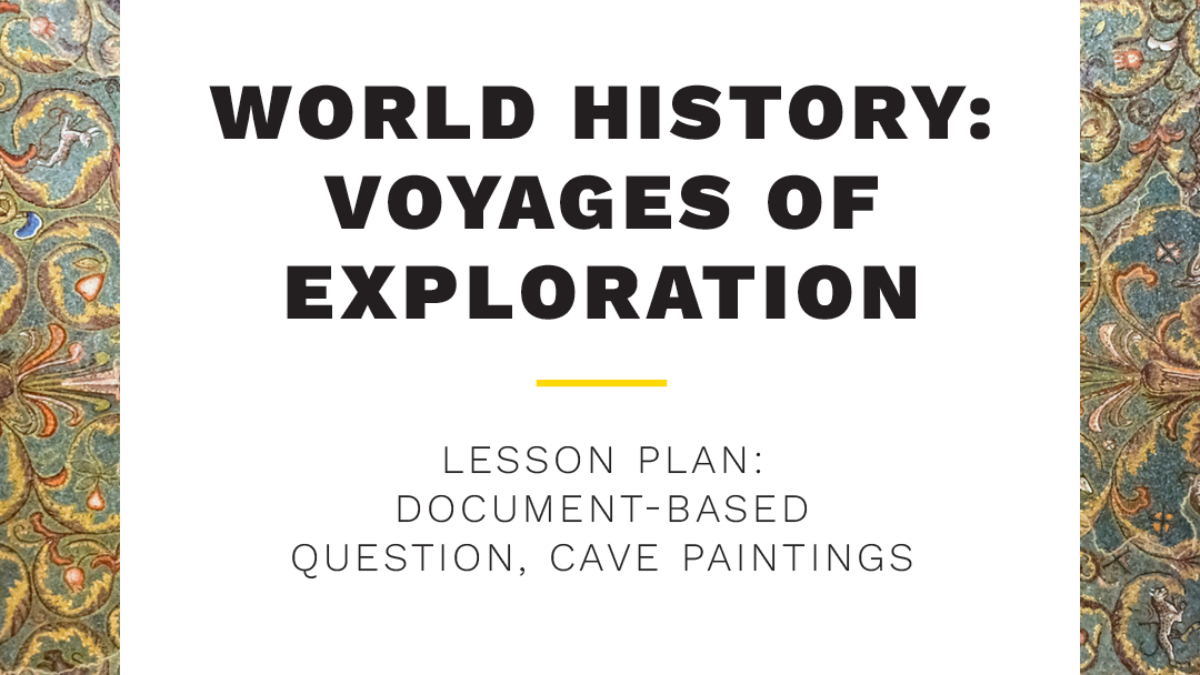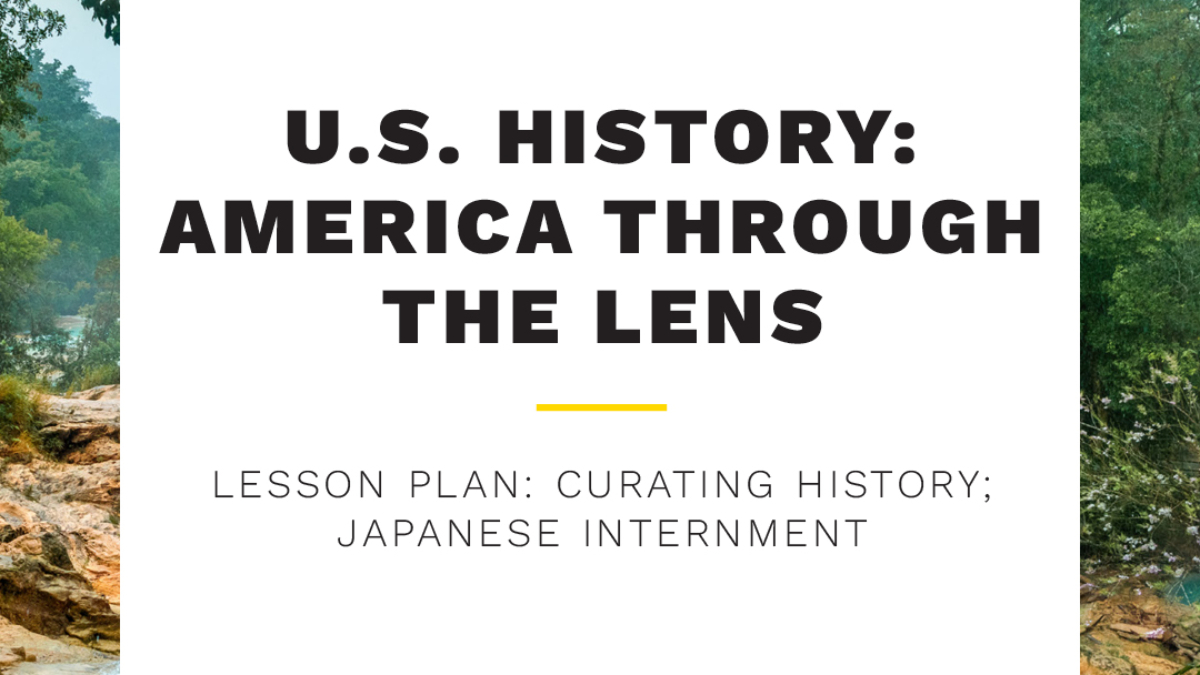Newer technologies make map reading easier for students and adults alike! Having digital maps at their fingertips, our students may question traditional mapping activities or lessons. There are a few ways educators can implement engaging mapping skill practice for learners and integrate technologies at the same time.
Empowering the Next Generation: The Role of Visual Literacy in Education
Declining scores from the National Assessment of Educational Progress (NAEP) for U.S. History and Reading within primary education have ignited concerns among educators, policymakers, and parents. According to The Nation’s Report Card¹‚² a government website, the average U.S. history and reading scores for eighth graders across the United States are down 9 points since 2014. This trend not only highlights the challenges in traditional pedagogical approaches but also demands innovative strategies to engage students and enhance learning outcomes…
Take & Teach Lesson: National Geographic American Government | The Struggle for Voting Rights
Explore the evolving story of democracy in action through this lesson on the struggle for voting rights in the United States. Using primary sources, timelines, and classroom discussions, students examine how voting rights have expanded—and been restricted—throughout U.S. history.
Take & Teach Lessons: National Geographic U.S. History America Through the Lens | Women Fight for Rights
Explore the powerful stories of women who led the fight for suffrage and social justice during the Progressive Era.
Take & Teach Lesson: National Geographic American Government | Separation of Powers
Help students unpack one of the Constitution’s most enduring principles: the separation of powers. This engaging lesson guides learners through the structure of the United States government, exploring how power is divided among the legislative, executive, and judicial branches—and why that matters.
Take & Teach Lessons: National Geographic World History Voyages of Exploration | Preserving Cultural Heritage, Queens of Egypt
Step into the world of ancient Egypt through the stories of its powerful female rulers—from Nefertari to Cleopatra. This lesson invites students to explore how queens shaped Egypt’s political and religious life, while also examining the lasting legacy of their leadership through art, architecture, and primary sources.
Take & Teach Lesson: National Geographic American Government | Freedom of Expression
What are the boundaries of free speech in a democratic society? In this lesson, students explore how the First Amendment protects freedom of expression—and how that freedom can be limited in the interest of national security, public order, or individual rights.
Take & Teach Lessons: National Geographic World History Voyages of Exploration | Democracy in Athens
What does it mean to be governed by the people? This lesson introduces students to the foundations of democracy in ancient Athens, highlighting how reformers like Solon, Cleisthenes, and Pericles expanded political participation and shaped a system based on civic engagement and equality.
Take & Teach Lessons: National Geographic World History Voyages of Exploration | DBQ, Cave Paintings
What can prehistoric art reveal about the lives, beliefs, and creativity of early humans? In this lesson, students investigate three ancient cave paintings from France, Argentina, and Africa to compare artistic techniques, materials, and purposes across time and cultures.
Take & Teach Lessons: National Geographic U.S. History America Through the Lens | Curating History: Japanese Internment
This lesson from U.S History America Through the Lens invites students to explore Japanese American internment through powerful works of art and photography.




